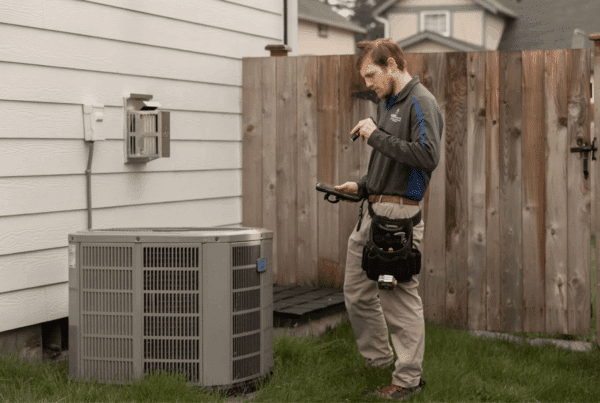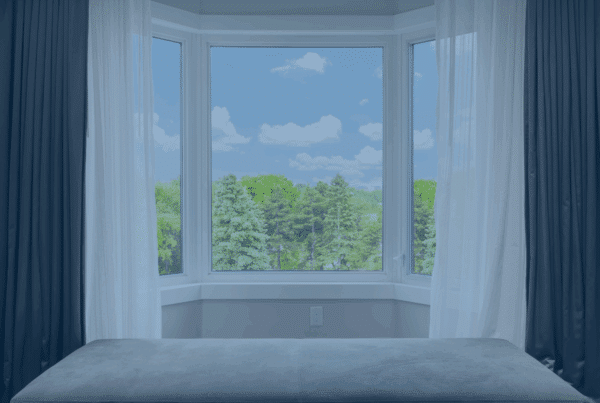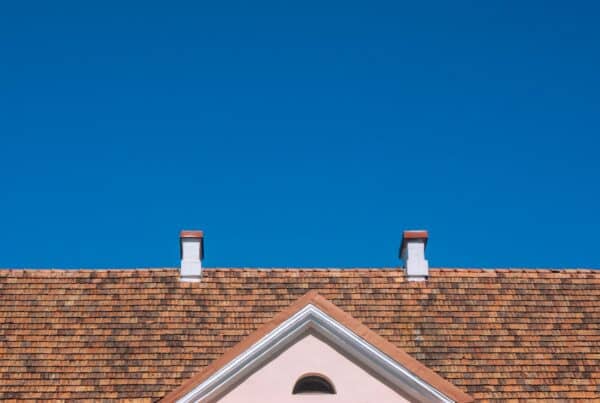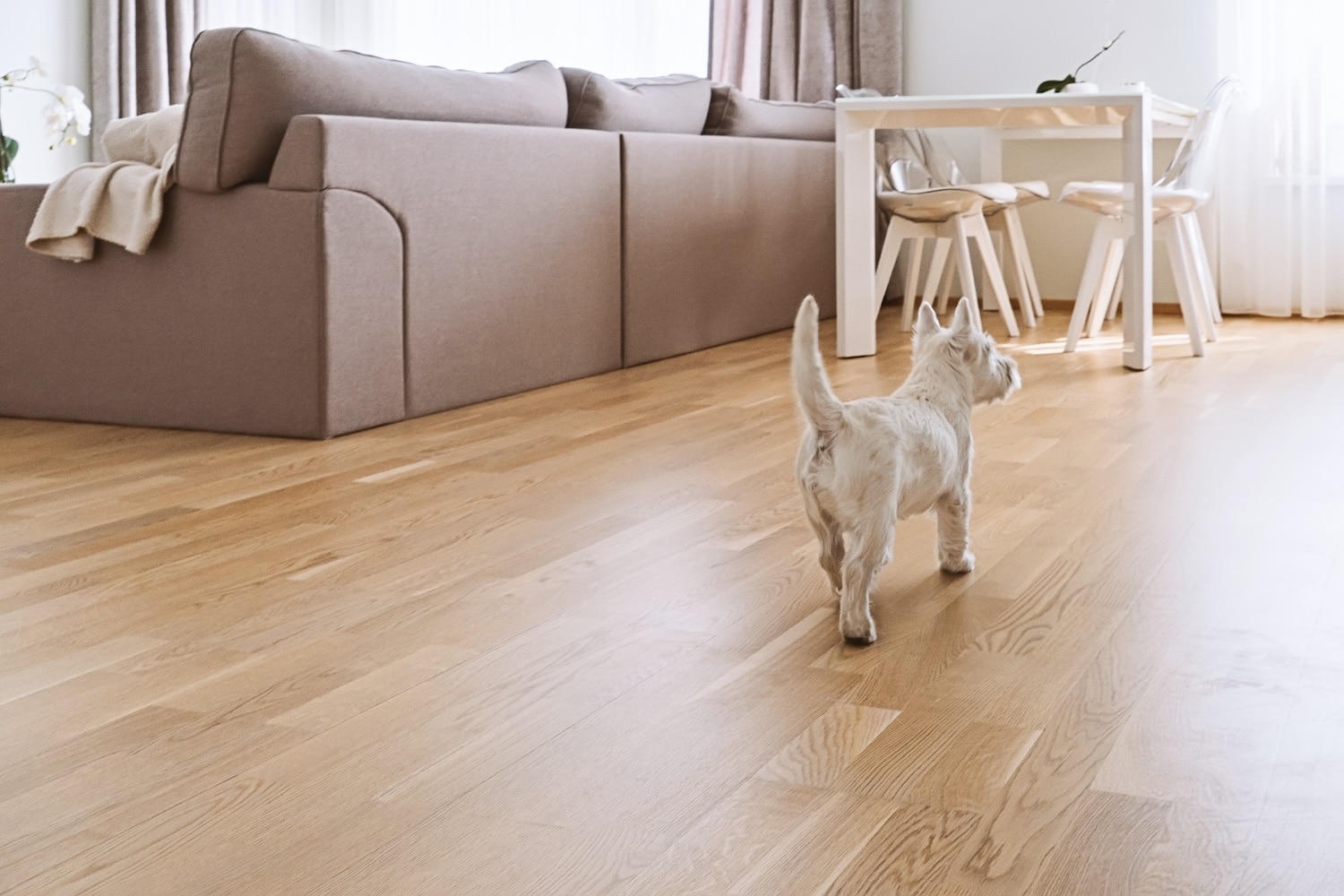
Luxury vinyl plank (LVP) flooring is a favorite among homeowners and property managers for its stylish, affordable durability. Like any part of your home, though, it only lasts if you take care of it. If you’re wondering how to clean LVP flooring the right way, you’re in the right place.
Below, we’ll break down simple tips to keep your floors looking new while helping you avoid common mistakes that could lead to damage—or show up during a home inspection.
What Makes LVP Different
LVP isn’t your average vinyl. It’s made to mimic wood or stone, but with extra durability and water resistance. It usually has a wear layer on top to protect against scratches and stains.
That said, LVP still needs the right care. Harsh cleaners or too much water can break down the layers over time. Knowing how it’s built helps you avoid using the wrong products or tools that could shorten its lifespan.
Everyday Cleaning Tips That Work
For day-to-day cleaning, keeping it simple is best:
- Use a soft broom or microfiber dust mop to grab dirt and pet hair
- A vacuum (without a beater bar) works great for deeper dust
- Skip the soaking—just a damp mop will do the job
Try not to use anything too rough, like scrub brushes or abrasive pads, which can scratch the wear layer. And never let dirt sit too long. It can act like sandpaper and wear down the surface faster.
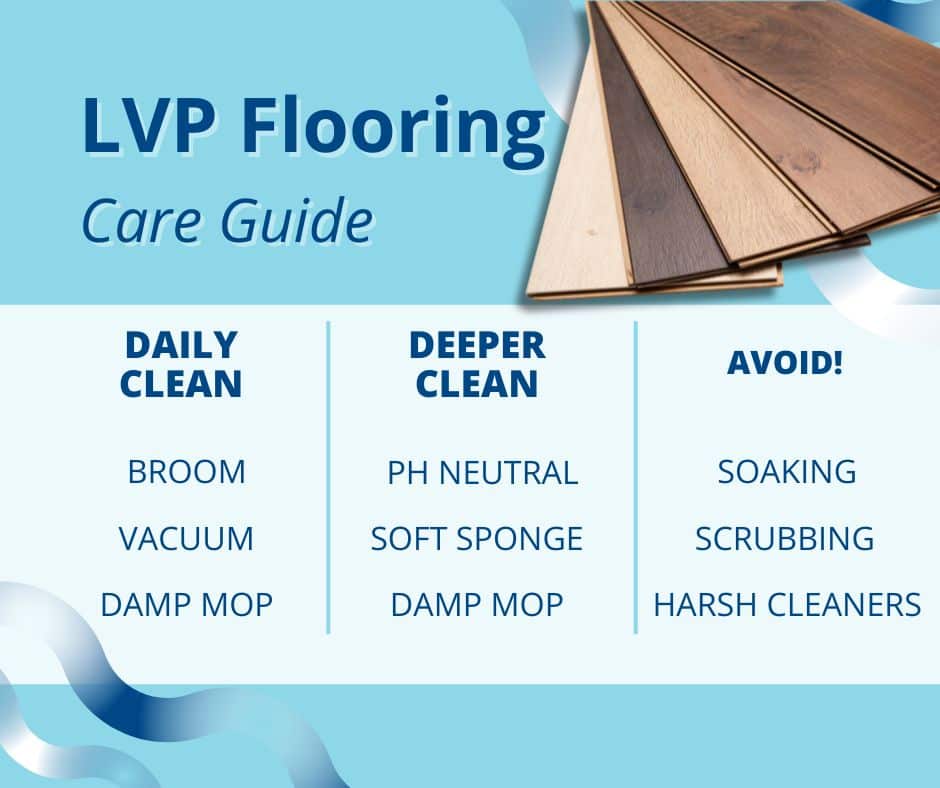
Deep Cleaning Without Damage
Even with regular upkeep, your floors will need a deeper clean once in a while. To make sure you’re doing it safely, there are a few helpful habits to adopt.
- Use a cleaner made for LVP – Look for a pH-neutral product or something labeled safe for vinyl. Avoid bleach, ammonia, or anything oil-based.
- Mop, don’t soak – Too much water can get between the planks and cause problems.
- Tackle sticky spots gently – Use a soft cloth or sponge to remove food spills or marks. Rubbing alcohol can work on stubborn scuffs, but always test in a small spot first.
And remember—never use a steam mop. It might feel like a shortcut, but the high heat and moisture can cause warping over time.
Common Mistakes That Ruin LVP
Even well-meaning homeowners can make cleaning mistakes that hurt their floors. A few things to avoid:
- Using vinegar or steam to clean (both can wear down the protective layer)
- Letting spills sit for too long
- Scrubbing too hard or using a rough brush
- Dragging furniture without pads when cleaning underneath
Each of these can leave marks or even allow water to get under the planks, which may not be visible right away—but could come up later during a home inspection.
Protecting High-Traffic Areas
Some spots in your home take more abuse than others—like entryways, kitchens, or hallways. Protecting those areas goes a long way:
- Place doormats inside and out to catch grit
- Add felt pads to chair and table legs
- Rotate rugs or mats to spread out wear
- Keep a small cleaning kit nearby for quick spot fixes
These small steps help your floors stay in great shape, even in busy households.
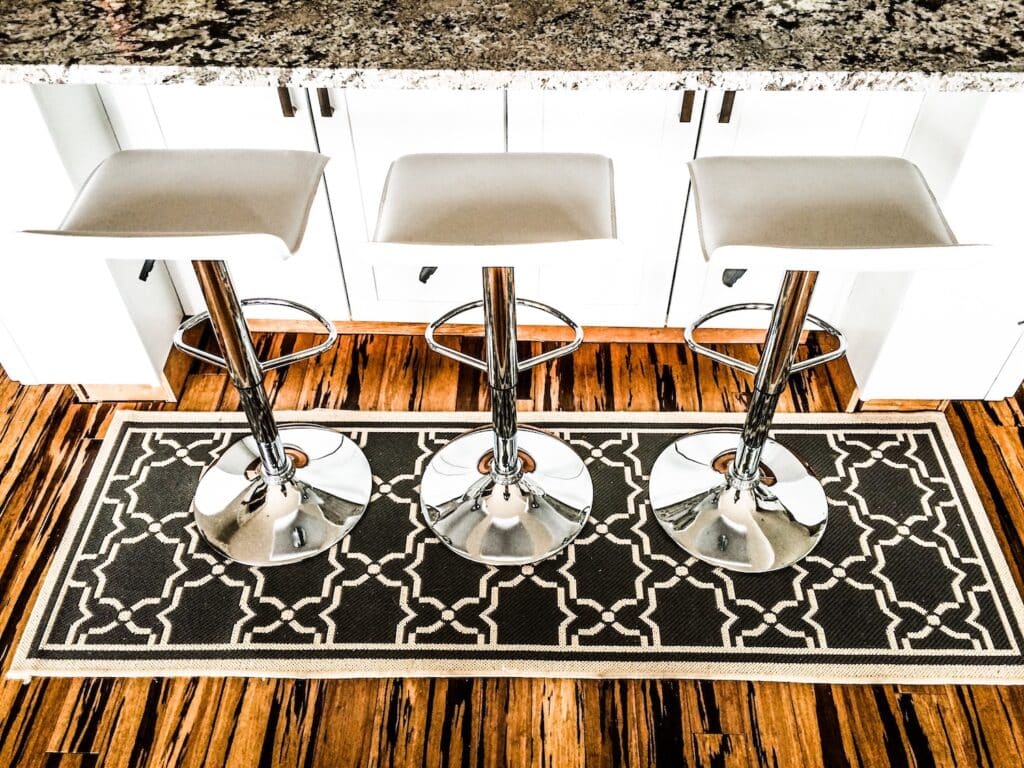
Other Recommended Maintenance
In addition to keeping it clean on a set routine, here are a few simple LVP flooring care points to look out for:
- Edges lifting or gapping – This could mean a problem with moisture or installation
- Scratches or dull spots – May need a touch-up kit or pro help
- Changes in feel underfoot – Could mean damage below the surface
You should also keep an eye on humidity in your home. While LVP is water-resistant, major swings in moisture can affect the subfloor over time.
When to Call a Professional
If you spot damage that goes beyond surface-level cleaning—like soft spots, shifting planks, or signs of moisture—it may point to a bigger issue under the flooring. This is especially important if you’re buying or selling a home.
A certified home inspector can evaluate whether the flooring is hiding signs of water intrusion, poor installation, or subfloor problems. LVP that looks fine on top could still be part of a larger concern. During a pre-listing or pre-purchase inspection, these things often come up and can affect the value or safety of a home.
Conclusion
LVP flooring is a smart, long-lasting choice, but only if you clean it properly. Regular sweeping, gentle mopping, and avoiding harsh chemicals can make a big difference in how your floors look and perform over time.
If you’re planning to sell, buy, or just want peace of mind about your home’s condition, Boggs Inspection Services is here for you with licensed inspectors look beyond the surface to spot sneaky issues that could impact your home’s value or safety. Schedule a professional home inspection today to make sure your home is in great shape—floors and all.

